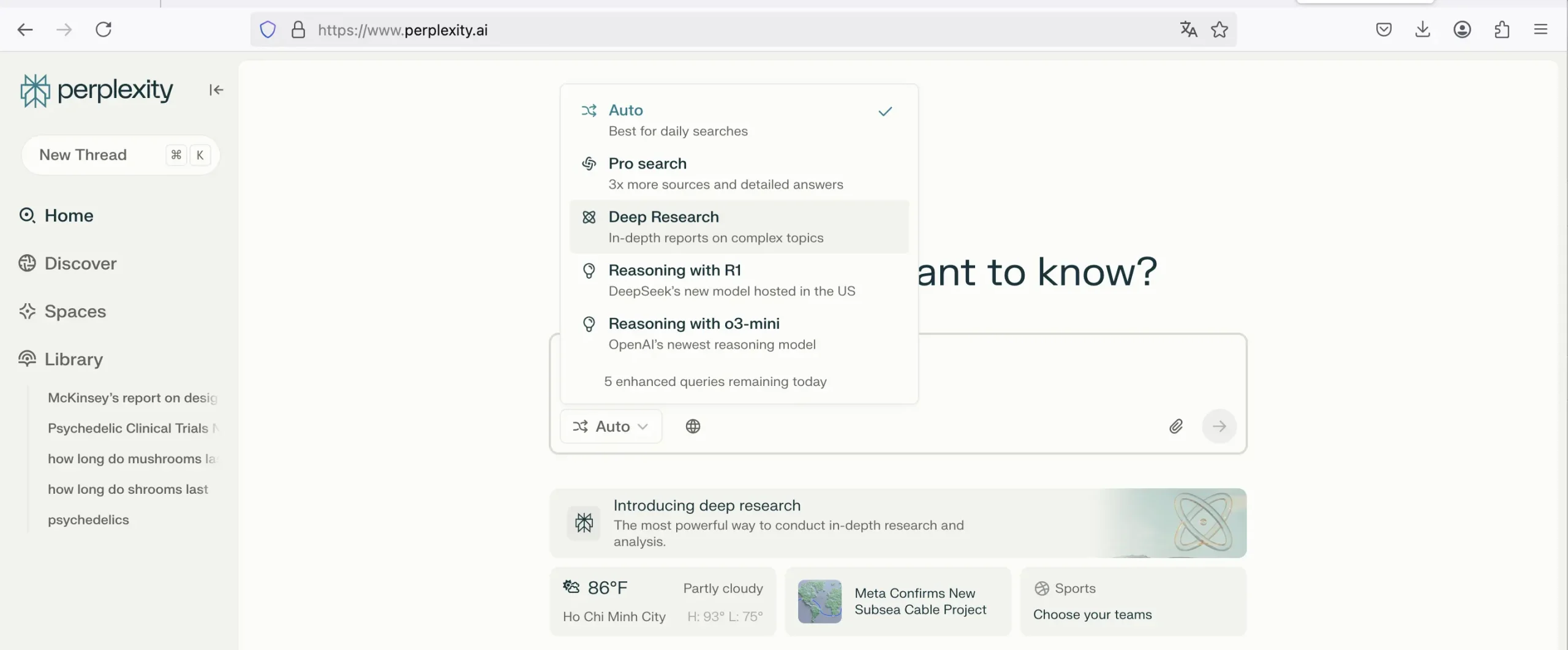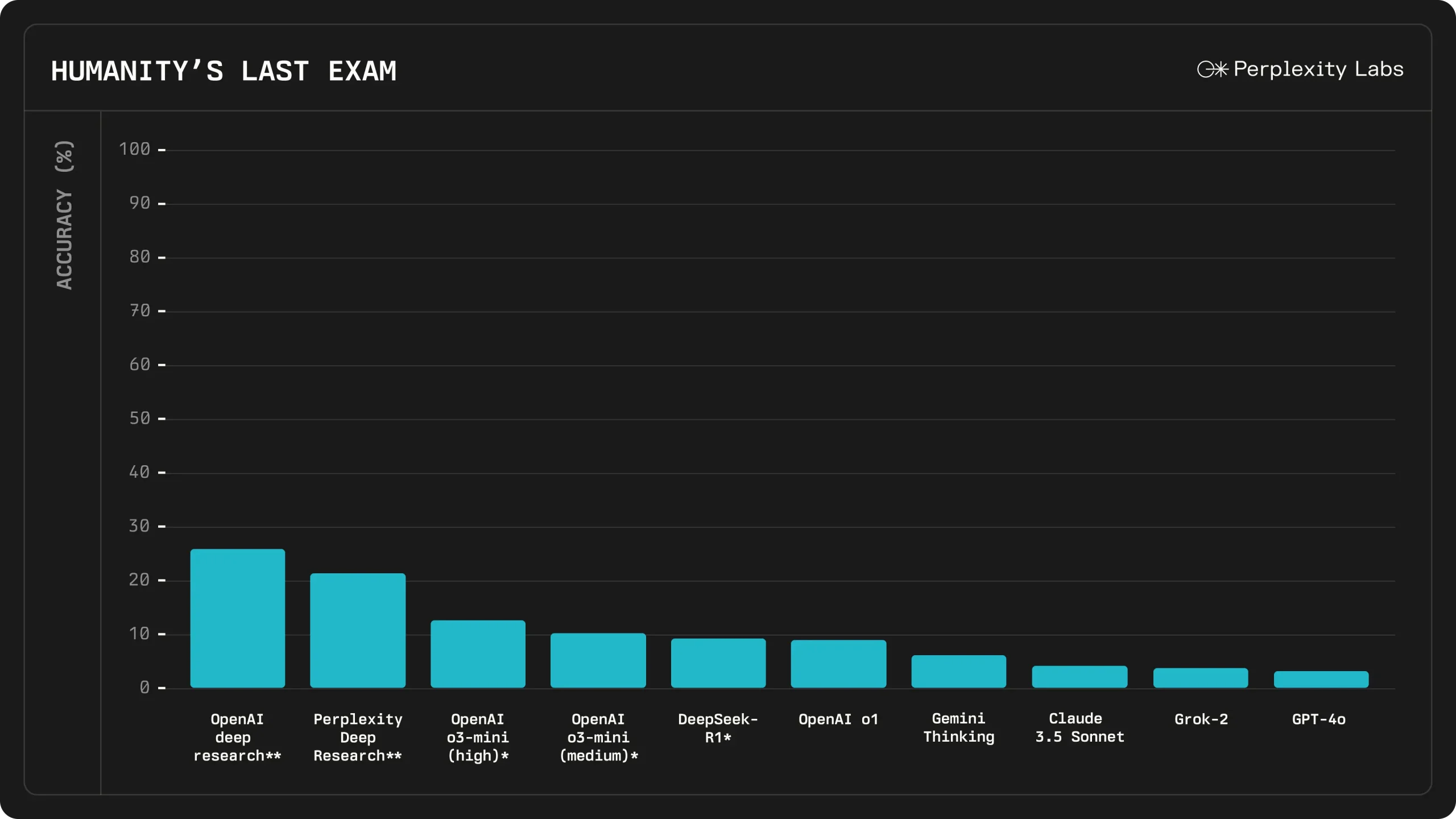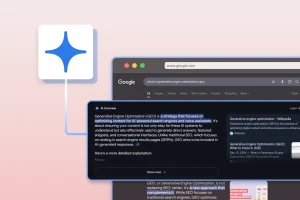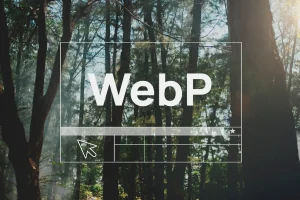
Artificial intelligence-powered search and research tools are evolving rapidly, and Perplexity AI, led by CEO Aravind Srinivas, has just made a game-changing move. The company has launched Deep Research, a feature designed to deliver comprehensive, expert-level analysis with citations in just a few minutes. With Deep Research, users can submit a single prompt and receive a well-structured research report, along with related images, videos, and even AI-generated visuals.
This latest addition places Perplexity in direct competition with industry leaders such as OpenAI’s ChatGPT and Google’s Gemini AI. Google introduced a similar research feature for Gemini in December 2024, while OpenAI followed suit in early 2025 with its own Deep Research tool. Interestingly, all three companies have named their feature “Deep Research,” highlighting its growing importance in AI-powered search and professional research applications (TechCrunch).
One of the most compelling aspects of Perplexity’s Deep Research is its free availability—a stark contrast to OpenAI’s offering, which is currently locked behind a $200/month paywall. While free users of Perplexity have a limited number of daily research requests, the feature remains widely accessible, making AI-driven research more democratic and efficient.
Perplexity’s Deep Research: Aiming for Expert-Level AI Assistance
Traditional AI chatbots are primarily designed for conversational interactions—they generate responses based on general training data. Still, they often lack depth, citation transparency, and the ability to conduct true multi-step research. Perplexity’s Deep Research is a significant shift from this approach, targeting users needing in-depth, well-documented insights rather than surface-level answers.
The primary goal of Deep Research is to provide users with comprehensive, expert-level reports that can be trusted in professional and academic settings. Instead of just offering a summary or an AI-generated opinion, Perplexity Deep Research finds, verifies, and compiles information from multiple authoritative sources, presenting them in a structured format that resembles a research paper or briefing document.
In a blog post announcing the feature, Perplexity highlighted that Deep Research “excels at a range of expert-level tasks—from finance and marketing to product research.” The AI model isn’t just searching for existing information; it synthesizes data from multiple sources, cross-references facts, and compiles them into a coherent.
This approach is useful for various professional applications, including:
Because Deep Research includes source citations, users can verify the information for themselves—something that many AI tools struggle with. This is particularly useful for journalists, academics, researchers, and business professionals who rely on accurate and credible information.
How Perplexity’s Deep Research Works

To use this feature, users simply select “Deep Research” from a dropdown menu before submitting their query in Perplexity. Once the request is processed, Perplexity generates a comprehensive research report that can be exported as a PDF or shared as a Perplexity Page, making it easy to distribute findings or reference them later. Here’s a breakdown of how Deep Research operates:
Research with Iterative Reasoning
Unlike traditional AI-powered searches that generate a response based on a single query, Perplexity’s Deep Research takes an iterative approach. It doesn’t just retrieve information—it analyzes, refines, and adjusts its research strategy as it learns more about the subject.
This process mimics the way a human researcher might approach a complex topic—starting with broad searches, evaluating findings, and then narrowing down key insights to create a well-informed final report.
Generating a Well-Structured Research Report
Once the search and reasoning process is complete, Perplexity synthesizes the gathered data into a structured, easy-to-read report. Rather than just presenting a list of links or a fragmented response, Deep Research compiles the information into a single, well-written document, making it ideal for academic, professional, and business use.
Exporting & Sharing the Final Report
Once the research report is complete, users have multiple options to save and share their findings.
Does Perplexity’s Deep Research Actually Outperform ChatGPT and Gemini?
To assess its performance, Perplexity’s Deep Research was evaluated on Humanity’s Last Exam
(a comprehensive AI benchmark featuring over 3,000 questions across 100+ subjects (including mathematics, science, history, and literature), an AI benchmarking test that measures expert-level reasoning across multiple academic fields. The results placed Perplexity’s Deep Research (21.1% in accuracy) significantly ahead of competitors like Gemini Thinking (6.2%), Grok-2 (3.8%), and GPT-4o (3.3%). Although OpenAI’s Deep Research scored slightly higher at 26.6%, Perplexity remains a top-tier research AI, proving its ability to tackle complex, expert-level questions better than most leading models.

When it comes to pricing and accessibility, Perplexity has a clear advantage. OpenAI’s Deep Research is currently locked behind a $200-per-month Pro subscription, making it inaccessible for many users. In contrast, Perplexity offers Deep Research for free, albeit with limitations—free users can make up to 5 deep research requests per day, while Pro users (at $20/month) get 500 requests daily. This makes Perplexity the most cost-effective and accessible option for users who need structured, AI-driven research without paying a premium.
Conclusion
Perplexity AI’s Deep Research feature is setting a new standard for AI-powered research tools. By combining speed, multi-source aggregation, and real-time updates, it delivers a research experience that rivals—and in some cases, surpasses—competitors like ChatGPT and Gemini.
With free access for all users, seamless integration of citations and media, and expansion into mobile and desktop applications, Perplexity Deep Research is shaping the future of AI-driven search and analysis. As AI continues to evolve, one thing is clear: Deep Research isn’t just a feature—it’s the next big step in AI-assisted knowledge discovery.
Would you try Perplexity’s Deep Research over ChatGPT or Gemini? Let us know your thoughts!







